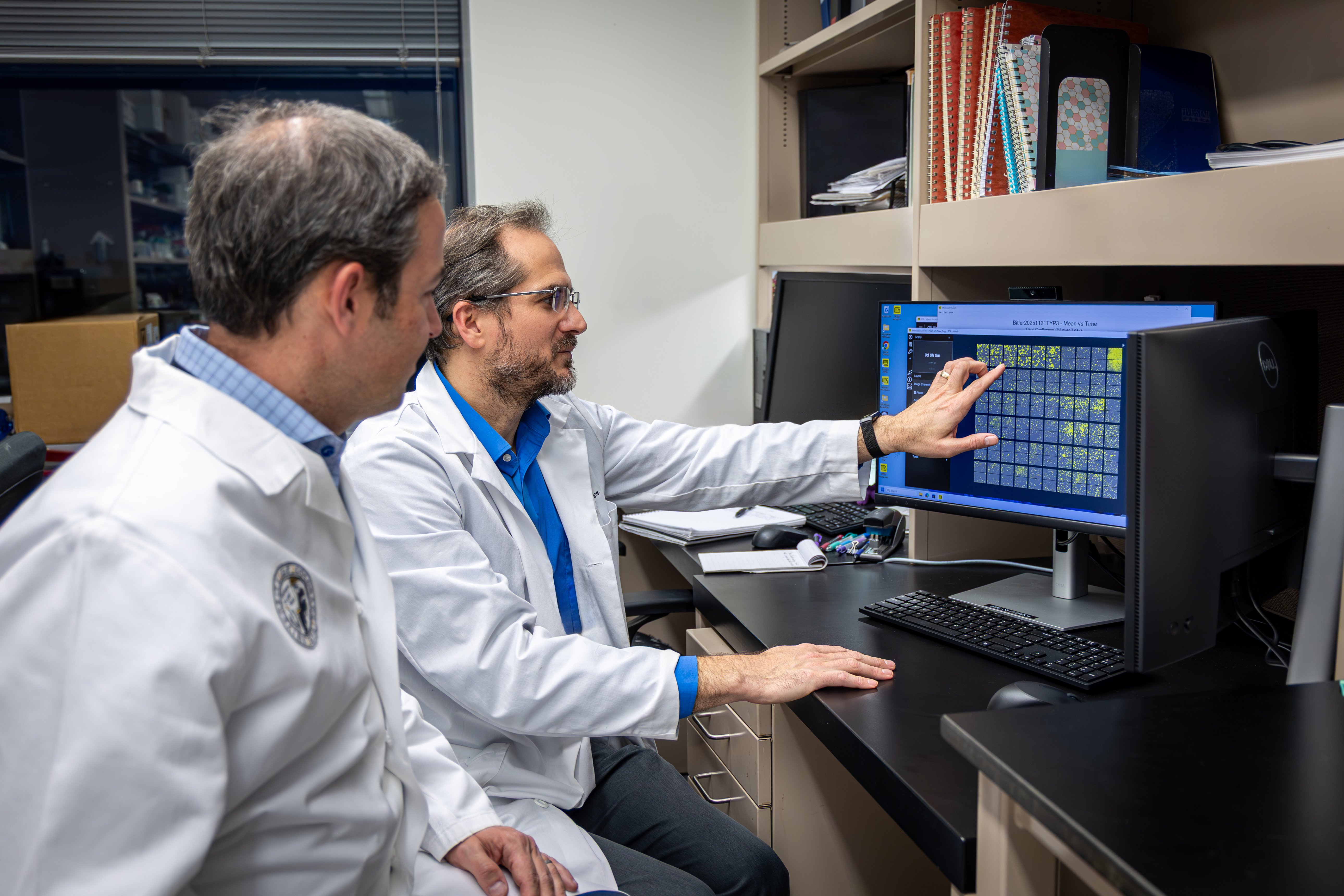What is the most difficult part about conducting sleep research?
There are a few challenges that come up with doing research behind the quality and quantity of sleep.
In research in general, our goals are always to capture the real physiology, real-life scenarios. Sleep is a uniquely personal – heterogeneous – experience. We know that there are average recommendations and normative values for a lot of sleep, but even the normative values of sleep parameters have a really wide range. What is considered normal in terms of “the time to fall asleep” is a much wider value than what we consider normal for hypertension values, for example.
Ideally with research you are trying to draw conclusions or test hypotheses that are then able to be extrapolated to wider populations. That extrapolation is difficult if you don’t have very well-designed and robust research to start with. So with sleep, trying to study that and really take into account the variability in sleep environments, in sleep experiences and the downstream consequences, there's just a lot of confounding factors to control for when you're trying to design very good sleep research.
How do you control for that heterogeneous situation in your research, with sleep being so personal?
The key with power analyses is that you need to study a much larger sample of people to get data that can be appropriately extrapolated to draw proper conclusions.
That's really where the foundation in a lot of the very large studies comes from. Yes, we recognize these are very variable experiences and problems, even among patients that have the same diagnoses. We need much larger studies, much more longitudinal studies to really feel confident that that data are representative. Whereas with other very narrow medical diagnoses, you may be able to draw very specific and relevant conclusions that can be extrapolated from even a very small case series.
Alongside those larger data sets, what goes into gathering individual research subject data?
There is an understanding from both the research subject side and the clinician side that we know when you change a sleep environment, you're going to change total sleep time, potentially sleep onset and sleep disruption.
But the physiologic parameters of sleep are very stable regardless of those environments. These include body temperature, sleep disordered breathing, oxygen and heart rate data, EEG patterns and brain activity during sleep. Those parameters are going to be very accurate. The fidelity of information in the lab is not going to be affected by the fact that this is a different sleeping environment for the individual.
However, trying to study insomnia or sleep patterns in a sleep lab would be very inappropriate. That’s because you're not necessarily going to gather meaningful or relevant data about someone's sleep patterns. So for insomnia or circadian rhythm type of research, we have very different modalities that we can use to interrogate those patterns.
In those cases, we have things like home monitors that will look at the patient's light exposure and sleep patterns and actigraphy over the course of two weeks throughout their daily life. Those approaches are going to give us a much more accurate picture of their circadian rhythm and their sleep-wake cycles versus those types of testing that don't tell you anything about their sleep disordered breathing or autonomic responses during sleep – which may have impacts on their cardiovascular health downstream.
What do you think are the current biggest gaps in sleep research literature?
Sleep is still a relatively new field. Despite the recent explosion of literature and medical knowledge around our understanding of sleep, we are still learning every day about things unique to sleep in terms of physiology and downstream health consequences. We’re just starting to scratch the surface on figuring out what we don’t know yet. We need more large studies looking at downstream health consequences – and the patient impacts – that come from poor sleep.
With sleep apnea, for example, we know there are significant correlations of cardiovascular consequences, metabolic consequences, brain health consequences, and cognitive decline and cognitive impairment associated with obstructive sleep apnea. What we are still trying to figure out is predicting who among sleep apnea patients are going to be affected by the sleep consequences. There is a correlation, but what is it about the physiology of sleep apnea that is resulting in those risks? Is it the hypoxemia that's associated with those events? Is it the autonomic response that's associated with the arousal from sleep?
I think determining those sorts of predictive factors will help us in the future to better stratify those risks for patients and really help determine who are those patients that are most at risk for those consequences and how do we use that information to better treat sleep apnea.
How have you seen the field of sleep research evolve throughout your career? Why is it starting to change?
It’s been a gradual evolution, certainly. The cardiovascular risk data go back at least a couple decades alone. But I think we’re at a crossroads in several different ways.
First and foremost, there is a growing understanding of the fact that sleep and sleep quantity and quality really affect outcomes for all other medical specialties. So what I've seen in the last decade is that there is now literature that says untreated sleep apnea actually affects cardiovascular procedural outcomes and the risk of recurrence of atrial fibrillation after ablation.
Second, I think there's a growing understanding to have sleep research and treatment truly be thought of as integrated with other specialties across medicine. That’s my role as the medical director of this program and really my vision for sleep at CU Anschutz. I work very closely with my anesthesia colleagues and our cardiovascular team and our maternal fetal medicine team on looking at how we better integrate sleep screening and sleep care into those populations.





